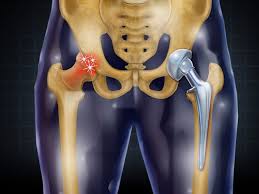 |
Before entering the operating room, the patient must be fully prepared both mentally and physically. The physician can provide the best outcomes after surgery if they have complete information about the patient's condition. This information includes:
- Assessment of walking ability, limping, and other mobility limitations.
- Evaluation of the physical condition and potential deformities, such as shortening of the lower limb.
- Examination of the hip joint and assessment of pain levels.
- Review of X-ray and CT scan images for a detailed assessment of the hip joint and to determine the type of prosthesis to be purchased from the physician's recommended company.
- Review of laboratory tests (urine and blood).
- Assessment of the patient's ECG.
- Examination of the patient's chest X-ray.
Before the surgery begins, the anesthesiologist present in the operating room puts the patient under anesthesia, and the individual will not be aware of any part of the procedure until it is over.
Then, during the surgery, the orthopedic surgeon removes the damaged part of the femur bone in the hip area and, using a stem, attaches a metal ball which replaces the injured part of the femur to the healthy section of the bone. Next, the surgeon cleans the acetabulum the part of the pelvic bone where the head of the femur connects by removing any damaged cartilage and tissue. The acetabular socket is then reshaped into a hemisphere, into which a metal cup is first inserted, followed by a plastic liner inside the metal cup. Finally, by placing the metal ball into the plastic liner, the metal head is able to move freely in different directions. The recovery period is approximately 4 weeks.
General Post-operative Care after Hip Joint Replacement
- Use prescribed medications correctly.
- Prevent weight gain.
- Utilize walking aids.
- Start physical therapy.
- Install grab bars for use in the bathroom.
- Use a shower chair for assistance.
- Wear shoes that do not require bending down for extended periods.
- Keep the wound area clean and dry.
- Hospitalization: 2 days
- Anesthesia: : Spinal
|


